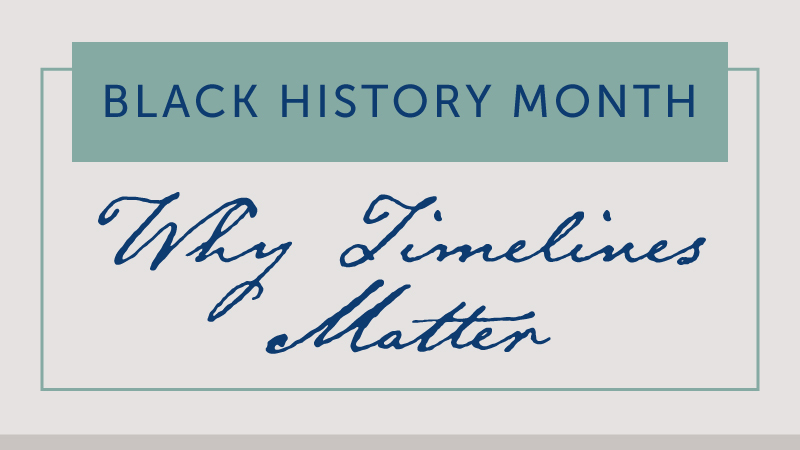John Chavis is an American hero who never became a household name. Despite receiving little formal schooling, he was admitted to Princeton University on a scholarship that required rigorous testing in grammar, composition, geography, history, ancient languages, and mathematics. He served in the military for three years and tutored orphans before becoming a traveling preacher whose greatest desire was to care for the souls of some of the most destitute people in the country. He eventually founded a classical school and became a renowned educator whose most notable pupils included a future governor, many future lawyers and pastors, and the children of a chief justice and other prominent North Carolina families.
John Chavis unquestionably exemplified several qualities that we would like to see in our students and our world. But what makes his story all the more remarkable is that he did it all as a black man in the late 1700s and early 1800s.
It’s not only that Chavis served in the military, but he fought in the American Revolution to secure liberties that he would never personally be afforded. It’s not only that he attended what would become Princeton University, but was the first African-American to attend college in the United States. It’s not only that he was an excellent teacher, but he was so excellent that he transcended color barriers and prejudices, educating both black and white children (including those of the governor of North Carolina) at a time when some believed different races meant different levels of humanity.
While human achievement often transcends time and race, that achievement can be all the more remarkable and meaningful when we place it in the proper context and develop an understanding of the circumstances that surround it.
Teaching With Timelines During Black History Month
This month, consider having your students practice their critical-thinking and creativity skills by making timelines based on achievements by African-Americans in U.S. history.
Here is a quick guide for how you can implement an activity like this in your classroom.
Develop a Firm Historical Foundation
Before students create a timeline, it’s important that they develop a deep understanding of the information they are presenting. PBS Kids and Reading Rockets offer several different age-appropriate resources you can use for Black History Month. As students begin to grasp some of the meaningful events and people who have shaped black history, they will be ready to put their information into a timeline. Depending on what you are studying, you may want to ask students to focus their timeline on a specific set of years or on a set topic.
Review the Basics of Timelines
If you need a starting point to show students what a timeline is and how to use it in a historical context, check out Scholastic’s interactive African-American history timeline. You can use this tool to discuss the basics of a timeline or as a starting point for students to research various aspects of black history.
Create the Timeline
Visit ReadWriteThink.org to download a free timeline template and to explore unique ways to use timelines in your classroom. As students develop their timelines, it’s important to teach them that not every single event throughout black history can make its way onto a timeline. Students will need to find a focus for their timeline to narrow it down. For example, a timeline can focus on one person, one or a series of events, a decade, or a movement.
Get Creative!
Timelines can be presented through illustrations, photographs, texts, or online interactive formats. As long as events are organized in chronological order, there is no right or wrong way to create timelines. Allowing students to choose how they will present their information is a great way to engage them.
Once students have determined the foci of their timelines, they will need to choose a medium (e.g., poster board and photography collage, online interactive format) and plan how they will present their findings to the class. For example, students can:
- Present a straightforward report on the events.
- Draw illustrations to showcase the events.
- Write and present a poem or song to summarize the events.
- Create a video compilation of clips and soundbites to bring their events to life.
- The options are endless! Allow students to own their learning throughout this timeline project, and the information they learn will stick with them long past the month of February.







